In the first part of this series, we discussed our top tips for choosing what to paint, and gave you a few tricks on how to get the most out of your creative time here.
Now, we’re going to move onto what we here at The Painting Pottery Cafe do with your pottery once you leave it with us. Let’s follow the life of this lovely bee mug, painted by someone equally lovely from the Sussex Wildlife Trust, who had a team building party with us recently.
Put it in the Queue
First, your pottery will be placed in an area in our kiln cave where it’ll enter a queue. We carefully stack the items in order of when they were painted, spacing them so that nobody’s pottery touches anybody else’s.
Glazing
When we are ready to load a kiln, it’s time to glaze some stuff!
Glaze comes in a liquid form. It’s a tiny bit thicker than the consistency of milk, and it dries very quickly into a powdery coat. In this series of images, you can see Nathalie, one of our many talented glazers. First, she spritzes a mug with a mist of water, to help the glaze stick to the pottery.
Next, holding the mug carefully, she dunks the pottery into the glaze, and pulls it out. She shakes any excess glaze off, and then carefully rests it on a stilt. At this point, the handle has not been glazed yet.
Below, you can see a tiny little stand that the mug is resting on. This is called a stilt and it’s very important in the firing process. We don’t want any glaze between an item and the shelves of the kiln, otherwise the glaze will melt between the two, and stick the item to the shelf forever - disaster!
Many items can have the glaze wiped off their bottom with a sheet of sponge, but some need to be stilted because if we wipe their bottom we’d wipe off your lovely painting!
We repeat this process with enough items to fill a kiln, making sure nothing is touching. By the time we’ve glazed everything once, the first items are dry and ready to be dunked again, to cover the bit of pottery that wasn’t glazed before, e.g. the handle.
By the time we’ve double-dunked everything, the first items are dry all over again. The glaze has dried as a powdery layer on top of the paint, giving everything a white coating. Below is a before and after of glazing, so you can see the difference at this point. At this point, the items are all ready to be rubbed down. This is another vital part of the glazing process.
Rubbing Down
If you look very carefully in the top left photo below, you’ll see tiny bubbles of glaze and a line where the second layer of glaze crosses over near the handle. These all need to be rubbed away very gently. Because this creates a lot of glaze dust, you may occasionally see our glazers in these lil personalised masks. The bottom right photo shows the mug after it’s been rubbed down - not a line or bubble in sight!
Once everything is rubbed down, it’s time to start loading the kiln (I know, we haven’t even mentioned the kiln yet!) We have two kilns: one big, and one smaller (although still pretty big).
Loading the Kiln
We load the kilns very carefully. Each item must be spaced a nice distance away from other items so they don’t meld together during firing. Nothing can touch the edge of the kiln, either. Once we have filled one layer of items all the same height, we put props in and place a kiln shelf on top. We load this one with items of a similar height, and repeat the process all the way to the top.
Loading a kiln takes focus, time, and care. Each piece of pottery is treated with the utmost respect - after all, you’ve spent hours painting it! Loading both kilns can take up to 4 hours.
Firing a Kiln
The kilns both fire your pottery up to 1100°C - which is as hot as the lava out of a volcano! They take about 8 hours to heat up, and then roughly 10 hours to cool down again. During this time, the white powdery glaze sitting on top of the paint melts into a kind of liquid glassy substance which then hardens as the kiln cools.
Thanks to The National Geographic for this beautiful photo
By the time we get into work the next morning, the kilns are usually about 300°C, and we cool them down very slowly until they’re safe to unload, which is when they’re about 100°C. Because this is still the temperature at which water boils, we make sure to wear these heat-resistant gloves when unloading pottery.
And just like that, the second part of our ‘How it Works’ series is complete! Tune in next time to see how the bee mug looks after its been fired, and to find out how we know exactly which pottery to give you when you come to collect.


























